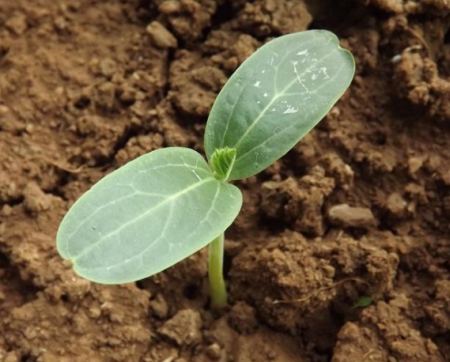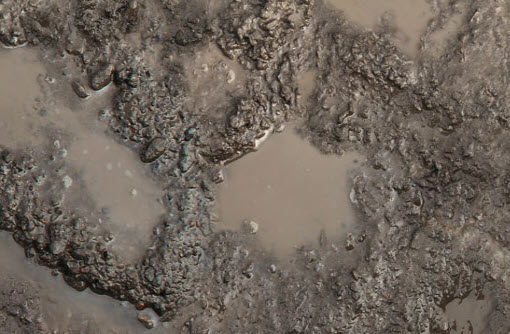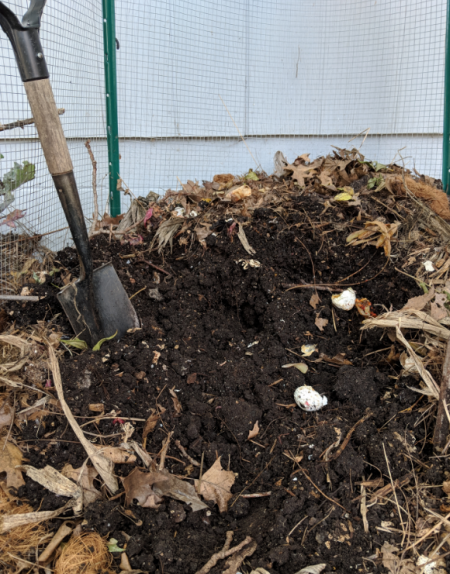Click below to listen to my 2 min. Garden Bite radio show/podcast: Clay soil in drought 2022
I’ve often talked about clay soil but with this year’s drought conditions adding to last year, I felt like we should revisit the subject and what it means for us right now.
Clay soil IS nutrient rich.

It’s packed with pockets that hold water. Sandy soil just drains that delicious liquid away quickly. I can vouch for that as the City built my rain garden with a LOT of sand But we’re not getting much rain at all.

Clay soil cracks in dry conditions.

The University of Kentucky explains that Clay soil goes from one extreme to the other.
During periods of heavy rain, clay holds a large amount of water in those pockets between particles. Saturated clay can hold so much water that oxygen is excluded.

The plant literally can suffocate from lack of oxygen to the roots.
During dry weather clay particles shrink and pull more tightly to each other. This shrinking is what leads to the cracks in the ground.
Think of clay as a big sponge.
Fill the sponge full of water and it puffs up; dry out the sponge and it shrinks. The technical term is called shrink-swell capacity. Clay soil has a high shrink-swell capacity. As the particles shrink they separate and cause cracks. If you have a lot and they are wide, you have a high clay content.
How do you reduce the “shrink-swell capacity”?
In the garden we can reduce it by adding organic matter which decreases the attraction clay particles have on each other. How to build a compost pile.

I will also add that you should never add soil around the foundation of your home to fill in the cracks produced by clay soil this will just add more pressure on the foundation as the clay expands which could result in damage.
